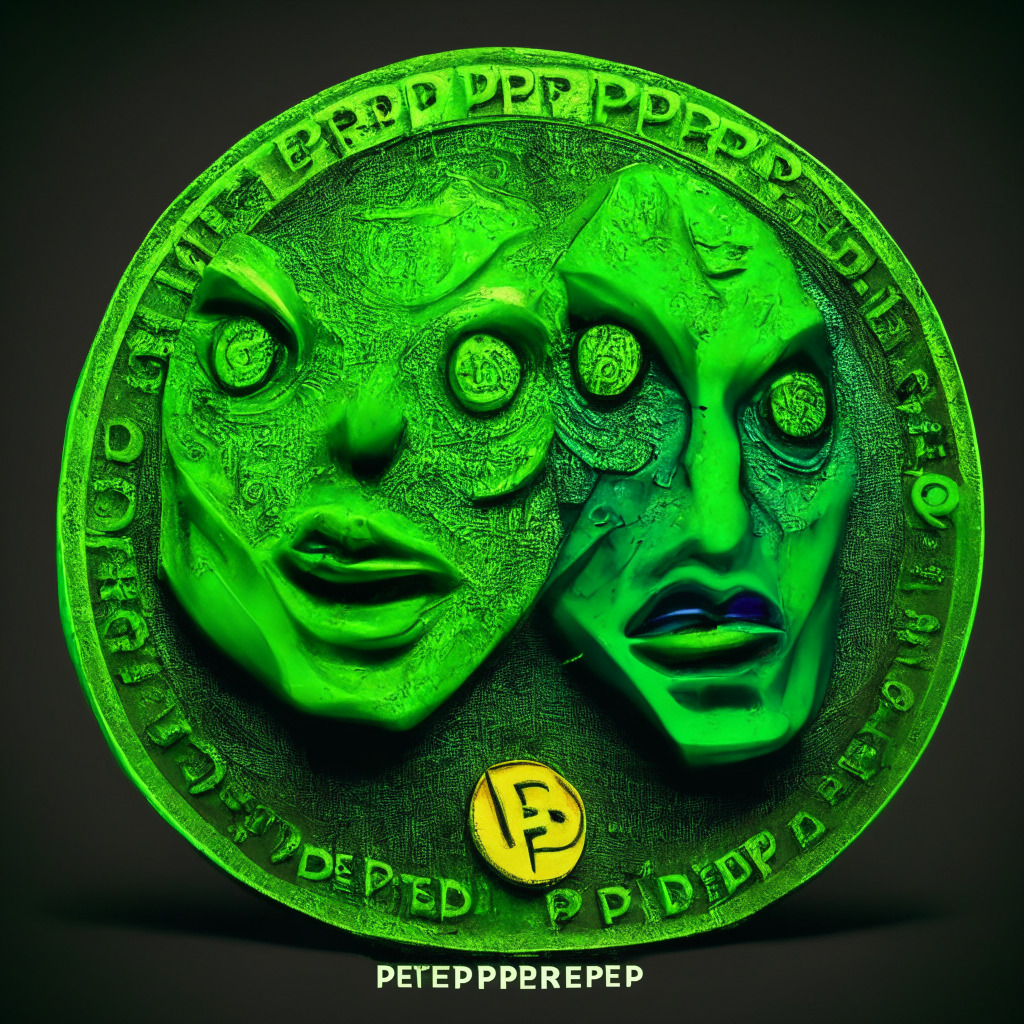The Layer 2 scaling solution, Optimism, is set to undergo its highly anticipated Bedrock upgrade on June 6, aiming to provide significant improvements in transaction fees, network security, and compatibility with Ethereum. The Optimism team explained that the network will be down for a duration of 2-4 hours as the upgrade is implemented.
This major network upgrade, Bedrock, was announced back in May 2022, and is the first to be voted through by the Optimism governance council’s Token House. One of the significant benefits of Bedrock is the reduction of transaction fees, estimated to decrease by 47% according to OP Labs, the network’s protocol development unit. The reduction in fees is achieved through optimized batch compression and using Ethereum as a data availability layer. Bedrock will also improve handling of L1 re-orgs, resulting in shorter delays for including L1 transactions in rollups.
In addition to lower transaction fees, the upgrade is expected to shorten deposit times from roughly 10 minutes to just 3 minutes. Node software performance will also be greatly enhanced, allowing execution of several transactions in a single rollup block, as opposed to the previous “one transaction per block” model.
Another crucial improvement is the network’s compatibility with the Ethereum Virtual Machine (EVM), the core software executing Ethereum smart contracts. Bedrock will remove multiple deviations from Ethereum and the EVM that are currently present in Optimism, such as differing code, design patterns, and transaction per block models. Bedrock also supports EIP-1559, chain re-orgs, and other Ethereum features present on L1.
Optimism’s move to Bedrock comes at a time when EVM-compatible zero-knowledge rollups (ZkEVMs) have been gaining attention, potentially overshadowing optimistic rollup solutions such as Optimism. In fact, recent data from L2beat shows that Matter Labs’ newly launched ZkEVM, ZKSync Era, has overtaken Optimism in terms of network activity, registering 7.85 million transactions in the past 30 days compared to Optimism’s 7.66 million.
Despite these statistics, enhanced capabilities and improvements provided by the Bedrock upgrade show significant promise for the Optimism network, potentially allowing it to regain lost ground and stay competitive in the Layer 2 space. While there are pros and cons to both ZkEVMs and optimistic rollup solutions, the growth of various Layer 2 scaling solutions only serves to strengthen the cryptocurrency ecosystem on the whole, fostering innovation and driving widespread adoption.
Source: Cointelegraph




